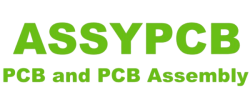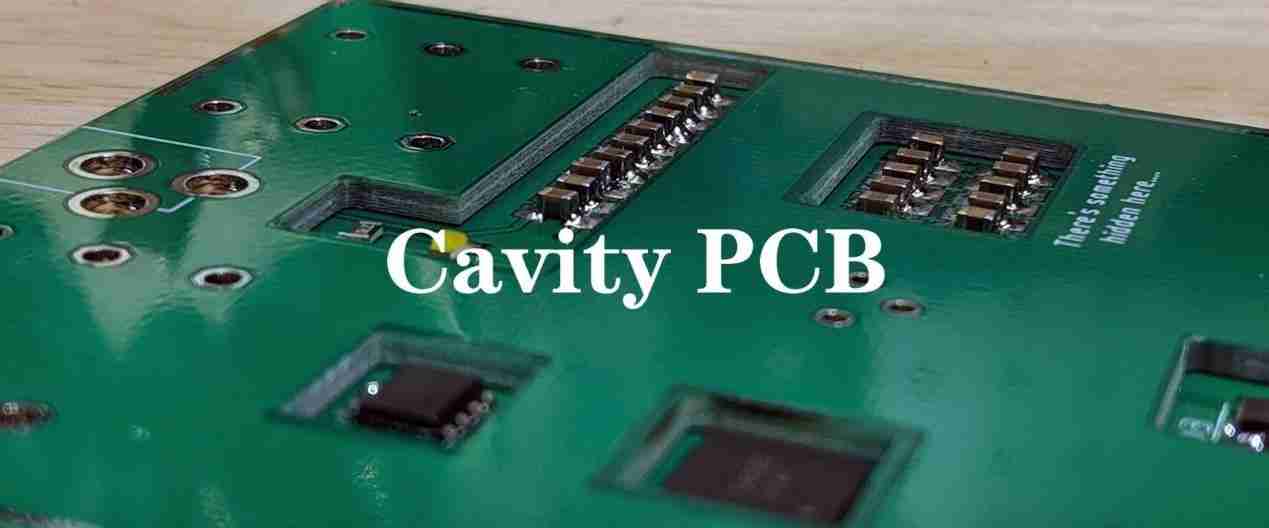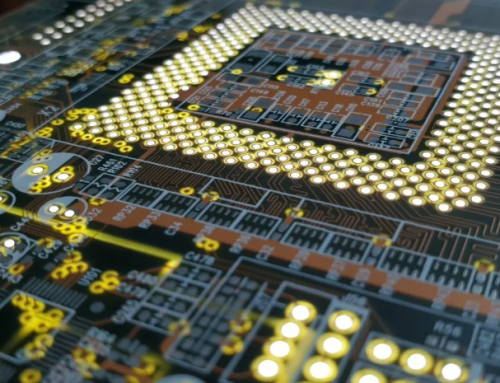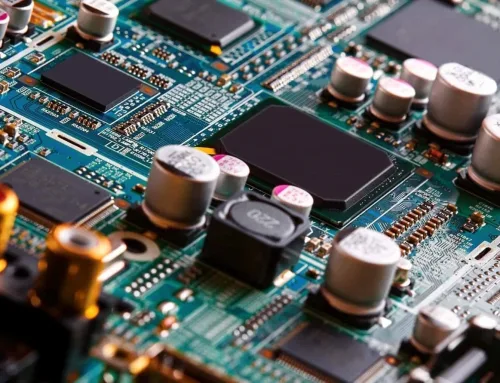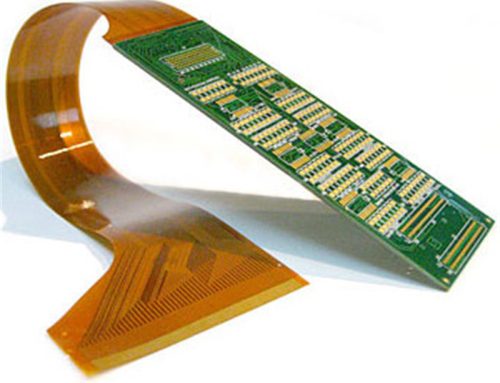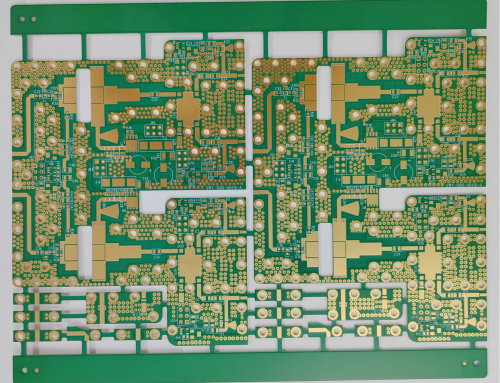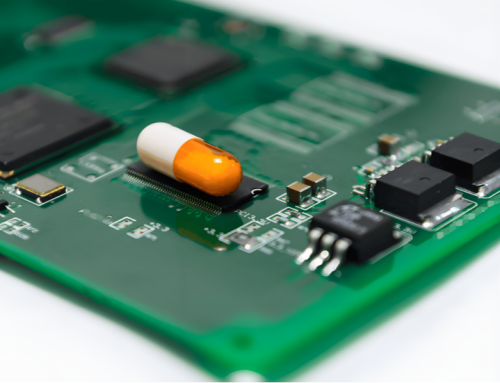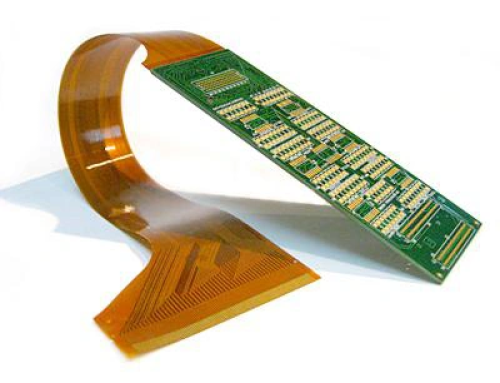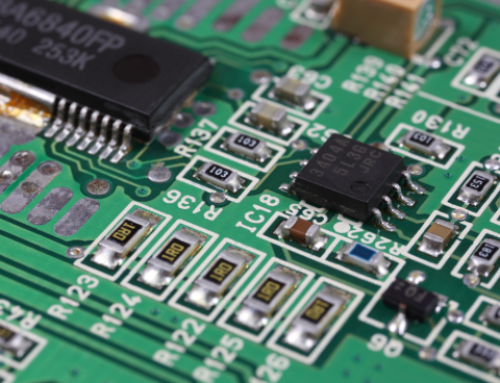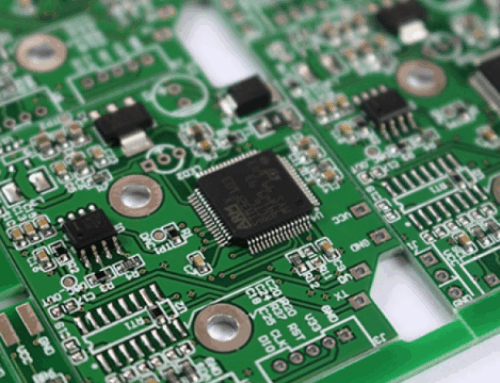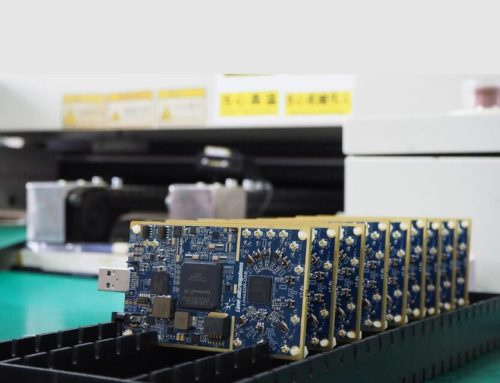Cavity Printed Circuit Board- The Innovation of Electronic Board
Table of Conent
Table of Conent
Cavity printed circuit boards are high-performance boards featuring a unique cavity shape. Their recessed area enables more efficient use of space, which in turn enables consolidation and miniaturization of components such as microcontrollers and heat sinks.
Cavity circuit boards have distinct application and design characteristics compared to traditional boards. Cavity boards have a curved structure that allows for a smaller footprint. Conventional boards, on the other hand, are more straightforward with a lower level of integration and larger dimensions. Cavity boards have become a common feature in electronic devices with high performance and integration, such as mobile and satellite communication, avionics, and other specialized areas. Traditional boards are used with lower performance. Contrary to this, traditional board production typically uses simpler, more conventional techniques, relying often on single- or dual-panel designs.
Different Types
The IPC-6012F rigid Printed Circuit Board standard specifies three types and criteria for acceptable cavities.
• Type 1: The cavity is not plated with copper or metallized.
• Type 2: The cavity is copper-plated on the top, bottom or wall only.
• Type 3: The cavity wall is copper-plated, and the floor is copper-plated.
Copper imprinting, or “imprinting”, is another option. It is usually done to make the area within the circuit Board act as a heat sink. When placed underneath the component, this will allow significant heat transfer into the board’s interior. The copper coin can be connected to a large plane of electrical conductors or placed near one. This will allow a significant amount of heat to be transferred away from the source. It can be used to bond components with the housing so that the housing and the copper coins together form a large heater.
Technological Advantage
• High Integrity. The cavity circuit board uses a cavity design to maximize space and achieve high integration. It allows for a compact layout of electronic parts. It also improves the efficiency of circuit boards and makes electronic gadgets smaller and thinner.
• Heat Dissipation Efficiency. Cavity structure design increases heat dissipation and airflow, reducing the working temperature of electronic components. It ensures the stable operation of equipment. This is important, especially for electronic devices which consume a large amount of power.
• Electromagnetic shielding enhanced. The cavity shape improves electromagnetic shielding and increases electromagnetic compatibility. This is a major advantage for electronic devices that require high reliability.
• Improved Quality of Signal Transmission. The design of the device can improve the quality and reduce the loss of signal transmission. It is especially useful for electronic devices requiring high-speed transmission. The cavity-printed circuit boards make it easier to place and solder electronic components. They also simplify future maintenance and repairs.
Material Requirement
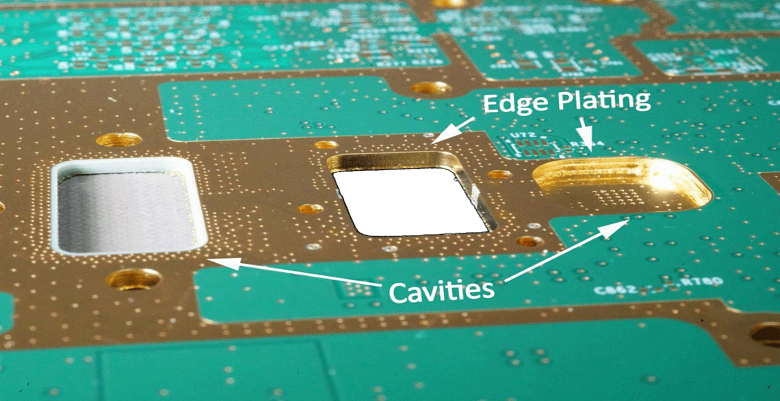
• Insulation. The material must have a high resistance to voltage and insulation.
• Stability. During the manufacturing and usage process, the circuit board is subjected to multiple temperature changes and mechanical stress. It is therefore essential that the material has excellent thermal and mechanical stability to ensure its performance.
• Corrosion Resistant. Circuit boards are exposed during manufacturing to various chemicals, so any materials chosen must be corrosion-resistant.
• Machinability. Complex manufacturing processes often necessitate materials that are easy to drill, cut, and bend; materials with these features should also be readily available for purchase.
• Light. Lightweight and low-density materials are required for the use of cavity circuit boards in mobile devices, aircraft, and other applications where weight reduction is needed.
• Environmental protection. Environmental protection is becoming more important in modern electronic products. They require materials that are recyclable and non-toxic to reduce pollution.
Application Scenario
• Mobile Communication. Cavity Printed Circuit Boards are a key technology to achieve this goal as mobile devices like smartphones and tablets become thinner and more efficient.
• Satellite Communications. It is essential that the equipment is lightweight and small due to the uniqueness and weight of the space environment. It provides strong support for satellite communication equipment design.
• Avionics. High-performance and highly integrated Printed Circuit Boards are required for control systems on aircraft, drones, and other aircraft. This Printed Circuit Board can meet the stringent requirements of avionics and improve their overall performance.
• Medical equipment. Medical equipment must adhere to high standards for accuracy and stability. Medical device manufacturers use it because of its advantages in terms of high density and miniaturization.
• Military Electronic Equipment. In the military, high-performance and lightweight electronic equipment is crucial to increasing combat effectiveness. The Department of Defense is a strong supporter of the deployment and development of military electronic technology.
• Embedded system. Embedded systems are becoming more important in smart homes and intelligent manufacturing. Cavity circuit boards are an excellent choice for embedded systems that require high performance while minimizing the size.
• Automotive Electronics. The complexity of automotive electronics systems increases as technology advances. It can be found in many areas such as automotive engine control systems and safety systems.
• Internet of Things Devices. The circuit board stability and integration are more important than ever with the proliferation of IoT devices. Due to their high integration density and heat dissipation, cavity circuit boards are ideal for IoT devices.
Conclusion
Cavity circuit boards, as a new technology, are slowly permeating high-tech fields. They help electronic devices achieve lighter, thinner, and better performance. Cavity boards are expected to continue leading the way in electronic device innovation with the continued progress of technology. As for the fabrication of cavity printed circuit boards, to modify the cavity depth, slots (cavities) are cut into the circuit board. These slots can be composed of ceramic, high-frequency, high-speed, or high-TG FR4 materials. Printed circuit boards are essential parts of contemporary electronics that guarantee the effectiveness and operation of electronic systems. ASSYPCB, a printed circuit board producer that has a large selection of well-known electronic board brands and an abundance of boards available for your urgent needs, is a manufacturer of printed circuit boards.
Latest Blog
Contact Info
Phone: +86-755-82882936
Email: [email protected]
WhatsApp: +86-13570802455
Wechat: +86-13570802455
Address: 2nd floor,D Bldg.,Electric Link Technology Bldg.,Gongming,Guangming New Dist.,518106 Shenzhen, China
